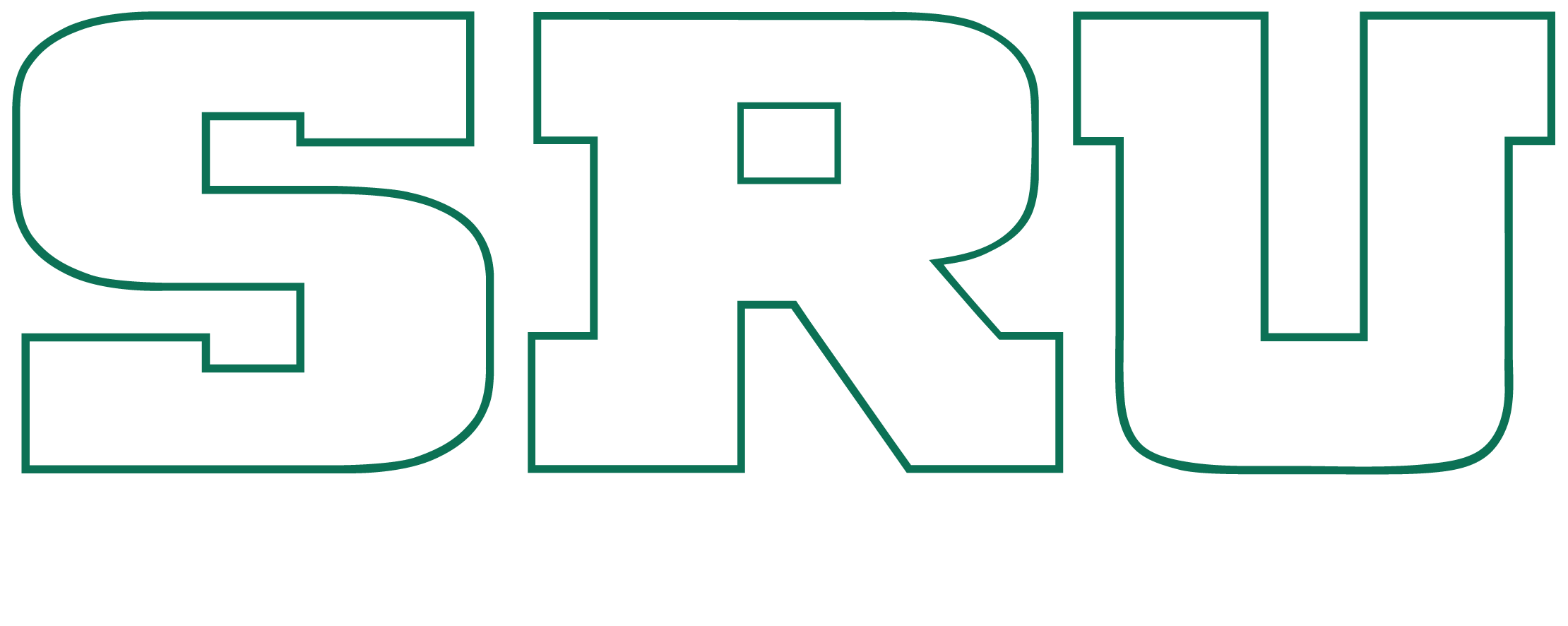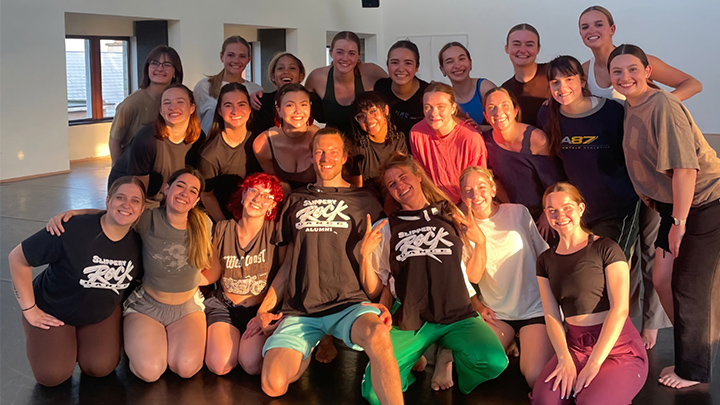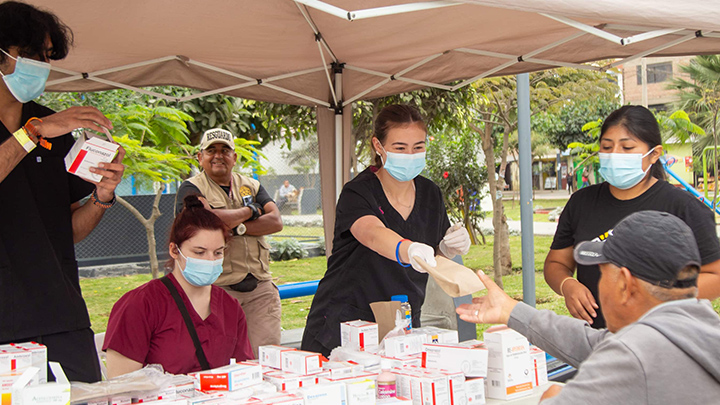Carmen Hay is conducting hands-on research at Slippery Rock University to help purify water using innovative techniques. Hay, a senior biology major from Connellsville (Connellsville HS), is taking samples from Wolf Creek near Slippery Rock to investigate the use of microbes while addressing water pollution.
What is the goal of this research?:
Pollution remediation, or bioremediation, is an emerging approach to naturally clean environmental contamination, like acid mine drainage, by leveraging microbes’ natural ability to process target compounds.
“If we know what the new bacteria eats, we could use it for bioremediation where we could put it into its environment to purify the water,” Hay said.
Under the advisement of Evan Guiney, associate professor of biology, Hay is using deep DNA sequencing to study bacteria communities in healthy and polluted streams using mesocosms, self-contained boxes meant to emulate Wolf Creek’s natural environment. This will give the Hay and Guiney a better understanding of the creek’s ecosystem, and it is part of a larger effort by researchers in the SRU Biology Department to help identify microbes that are capable of pollution remediation.
“We wanted to pick a place that’s also of interest to our colleagues, so as we use DNA sequencing and learn the tools, we are also helping build our knowledge of the ecosystem around us,” Guiney said.
What methods are being used?:
Clean samples Guiney and Hay retrieved from Wolf Creek are currently housed in four mesocosms in a laboratory in SRU’s Vincent Science Center to allow organisms to grow. Pollutants are then being added to three out of four boxes so that researchers can compare them to the control mesocosm. Purified DNA from selected microbes will be sequenced via highly computational analysis to understand its genetic potential for pollution remediation.
Why this topic and how does it benefit others?:
The research allows students like Hay to develop a further understanding of DNA sequencing and its real-world applications, while also allowing Gainey and other researchers in the Biology Department to better understand the ecology of Wolf Creek.
“Modern DNA sequencing technology has come a long way and it is a big part of modern medicine and health care,” Guiney said. “I wanted to come up with a project that would help students learn about those tools.”
Additionally, Guiney and Hay will be investigating pollution remediation techniques, which could help researchers gain a larger understanding of how to safely and naturally clean polluted streams and rivers in the area.
“This is a pilot study, and a lot of what we are doing right now is figuring out what works and what doesn’t work,” Guiney said. “A lot of studies of microbes living in soil and mud are observational. I really want to continue to do experiments where we can change an ecosystem, like adding a pollutant and watching how the microbes respond to that, what dies and what takes over.”
How do SRU students benefit from conducting research?:
“We’re doing sequencing-based work to help students learn how to do DNA sequencing, how to purify DNA and analyze the millions of letters of DNA,” Guiney said. “Those tools and skills will be useful in a broad variety of future careers.”
Hay’s long-term goal is work in the field of oncology, in which understanding DNA sequencing and its tools will benefit her in her future career.
“If I am coming in with that knowledge already, I feel like it will give me a leg up in that field,” Hay said.
Hay also emphasized the intrapersonal and research skills that she gets to develop while working on faculty-student research as an undergraduate.
“I’ve learned to be patient and how to solve problems,” Hay said. “Things that you think are going to work almost always go wrong and you have to fix it.”
Guiney further underscored the value of real-world experimentation and research, which often involves trial and error.
“In the classroom lab, everything is perfected ahead of time and it usually works,” Guiney said. “But in real life science, things fail most of the time and it takes a lot of work to actually get something running. That is the big advantage of doing undergraduate research –– you get to experience the trouble shooting and problem solving.”
SCORE Grants at SRU
Guiney and Hay’s project is funded by SRU’s Summer Collaborative Research Experience Grant. SCORE grants provide opportunities over the summer for undergraduate students to explore the world of academic research in collaboration with faculty members in their respective areas of study.
More information about SCORE grants and biology programs at SRU are available on the University website.







